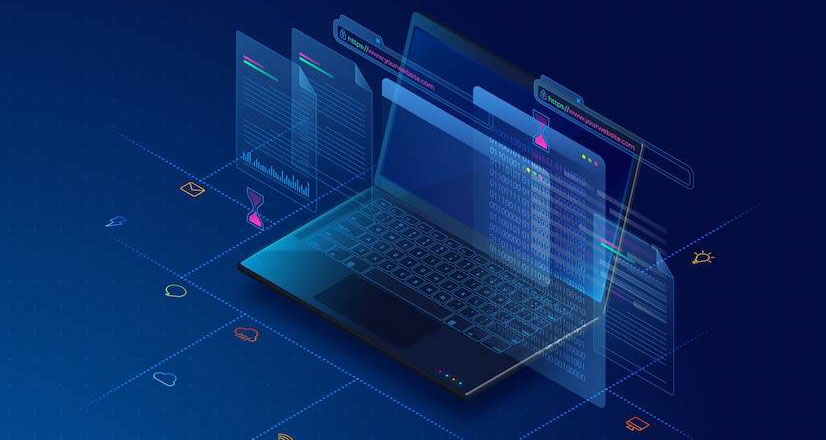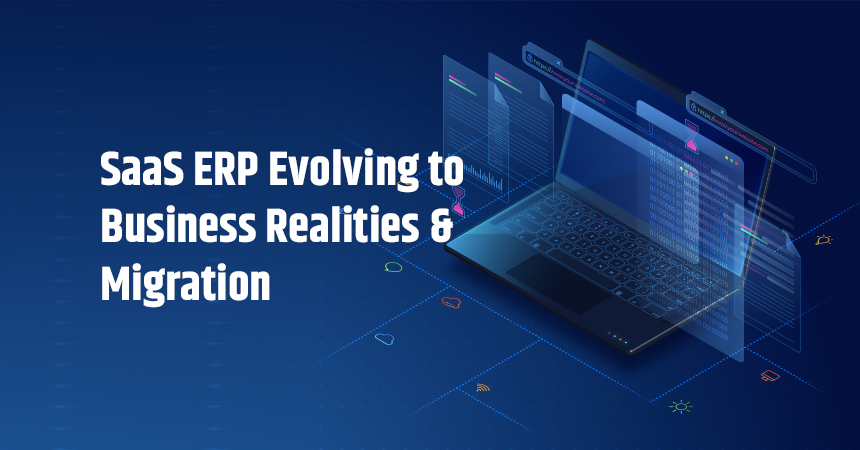The Covid-19 pandemic has expedited a trend. While cloud adoption was previously on the rise, intelligent decision-making and a shift in working patterns drive innovative thinking on application management.
While communication and collaboration apps have undoubtedly seen a notable increase in demand, cloud apps have taken a colossal leap ahead in terms of how organizations see the future.

There was possibly some hesitation towards a cloud-based computing approach. However, the Covid-19 pandemic has shown the core strengths and advantages, as companies had to quickly embrace telecommuting and schools with online classes during the lock-down.
Those companies with already extensively adopted cloud infrastructure and SaaS applications were ready to respond relatively quickly, taking full advantage of cloud technology’s unparalleled scalability.
Case for ERP
The key to this transformation is enterprise resource planning (ERP). Many legacy ERP systems can be restrictive, adding complexity to digital transformation plans and, therefore, in several cases, hindering progress.
The IT landscape is becoming too complicated to handle, and migration exhaustion is stopping companies from modernizing.
Cloud migration of ERP has price advantages achieved through decreased maintenance and bodies required to keep the lights on and the increased agility and effectiveness. Post-Covid, companies may also throw decreased estates into the mix, particularly if the so-called “new normal” will see sustained remote working on a large scale.
Need for Speed
This cloud concept for speed is attractive for several large organizations that have amazed themselves in the past few months with their capability to make intelligent decisions. Emergencies tend to shine a light on organizational inabilities. History has shown that those who don’t adjust soon will grapple and cease to survive in challenging economies.
To shepherd the company through the intricate process of migrating your data to the ERP system, follow these steps:

Build a migration team
The data migration organization is ideally part of your broader ERP implementation team. It will generally involve representatives from various business groups who can give insights into how their groups utilize data.

Examine and map the data
Analyze the data in each of the source systems, scanning for repetitions and deviations. The data migration team will need to fix those problems before sending data into the ERP system. In this phase, you’ll also require to map the data to the structure of the ERP database.

Choose what to migrate
Systems may comprise historical data about past transactions. Most of that data may not be required in the new system. You can store it offline or in a different system, depending on your data retention strategies.

Verify & test
Your brand-new ERP system may consolidate tools that help automate the process of carrying data from systems. Before going live, run tests on your transferred data for every business group and ERP application.




